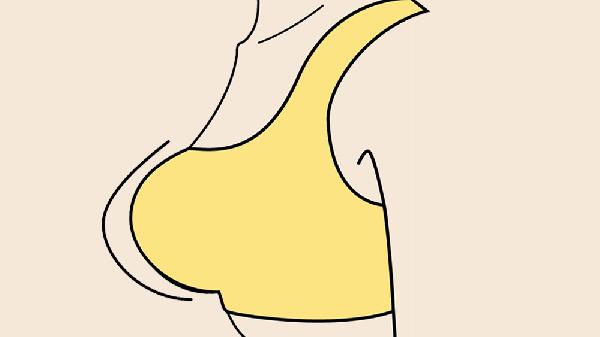Ovulation bleeding refers to bleeding that occurs between two normal menstrual periods, also known as intermenstrual bleeding. It is primarily caused by fluctuations in estrogen levels or the rupture of an ovarian follicle and is considered a normal physiological phenomenon. While ovulation bleeding is not uncommon in daily life, many people lack a thorough understanding of it. The bleeding is often subtle and occasional, leading some to mistakenly believe it’s an early sign of pregnancy.

What are the characteristics of ovulation bleeding?
1. After menstruation, many women experience a period of vaginal dampness and discomfort, accompanied by increased, thick, and opaque secretions. This is one of the symptoms of ovulation and is also the most fertile time for women. During this period, observing these secretions closely can help detect any unusual odors or signs of illness early, allowing for timely treatment.
2. During ovulation, a woman’s body temperature may rise by about 0.3 degrees compared to normal, though this change is often unnoticed. For women trying to conceive, monitoring body temperature with a thermometer can be helpful. Additionally, some women, including myself, may experience breast tenderness, which can persist until a few days before the next menstrual period.
3. Some women may experience mild abdominal bloating during ovulation, similar to what they feel during menstruation, while others may notice more significant mood swings and changes in sexual desire, which may feel more intense. These symptoms vary from person to person and do not apply to all women.
Does ovulation bleeding affect pregnancy?
1. No, it does not impact pregnancy: Ovulation is the time when conception is most likely to occur. However, many women feel anxious and hesitant about having intercourse during ovulation bleeding, fearing it might harm their chances of conceiving. In reality, ovulation bleeding is entirely normal. Nearly every woman experiences it, though for many, the bleeding is so light that it’s barely noticeable, while others may experience heavier bleeding.
2. Symptoms of ovulation bleeding: In fact, the symptoms of ovulation bleeding are quite similar to those of menstruation, including possible abdominal pain and breast tenderness. However, compared to menstrual bleeding, ovulation bleeding is typically much lighter, sometimes appearing only as a brownish discharge. Generally, ovulation bleeding stops on its own after 2-3 days, though some women may experience it for up to seven days. If a woman consistently bleeds for seven days, making it seem like she’s having two periods in a month, it’s advisable to seek medical examination.
Finally, during ovulation bleeding, it’s beneficial to consume more protein-rich foods and fruits, ensure adequate rest, avoid overexertion, and boost the body’s immunity to maintain hormonal balance.
























